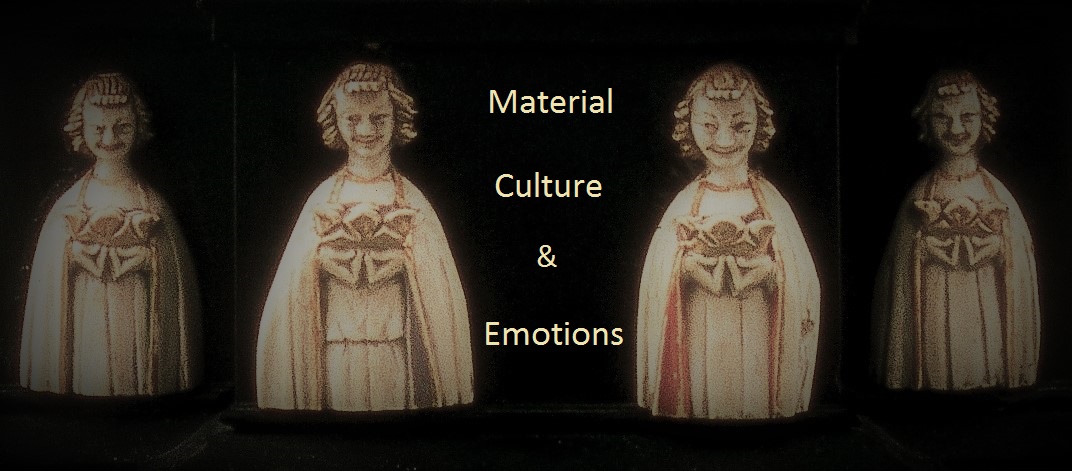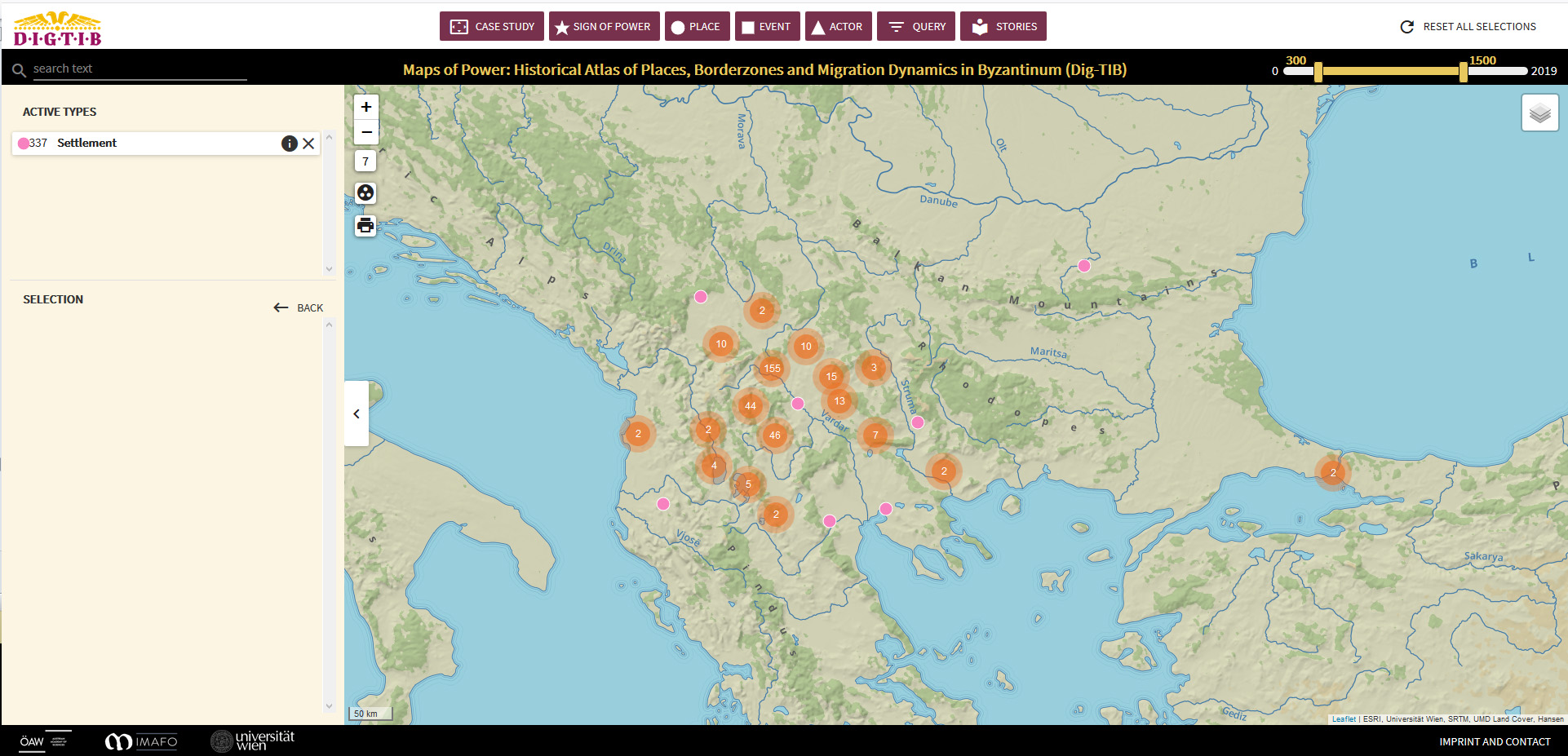In 2022, the Online-Journal MEMO – Medieval and Early Modern Material Culture Online celebrates its fifth anniversary. MEMO#10, the first issue of 2022, will be about emotions. In accordance with the broad scope of MEMO, the topic will be analysed from the perspective of different academic fields, based on different sources and with regard to various aspects. As usually, we invite scholars from all academic disciplines partaking in medieval studies to submit articles focusing either on the analysis of sources or on theoretical and methodological approaches. Research papers should treat the Middle Ages and early modern period, however, there are no geographical limitations.
Already in 2018, the manifold relationships between objects and humans, as well as the capacity of objects to generate relationships, had been the topic of MEMO#3 – Object Links. Now we aim to specify the questions concerning human-object-relationships further by asking for their emotional qualities: How do emotions influence the relationships between humans and objects, and how do objects act upon the emotions of humans? Realigning the vast field of previous cultural historical research on emotions by adding a focus on material culture promises to open up a fresh perspective.
The gamut of emotions ranging from sadness, anger, pain and compassion to love, joy, happiness etc. may be investigated as well as spontaneous emotional reactions and affects, even if the latter might be difficult to trace in the sources. Likewise, different social contexts of emotions and affects may be analysed: interpersonal relationships such as the love between men and women, between parents and children or among friends, the broad field of religious emotions, or those emotions and affects caused by works of art.
The following general questions (among others) deserve special attention:
Subjects of in-depth analysis might be e.g.
We invite all interested researchers to submit their abstracts (max. 1 page) in English or German to memo@plus.ac.at by January 31st 2022. Approximately two weeks later, we will notify the authors of the selected abstracts. The manuscripts should be finished by April 30th 2022.
Already in 2018, the manifold relationships between objects and humans, as well as the capacity of objects to generate relationships, had been the topic of MEMO#3 – Object Links. Now we aim to specify the questions concerning human-object-relationships further by asking for their emotional qualities: How do emotions influence the relationships between humans and objects, and how do objects act upon the emotions of humans? Realigning the vast field of previous cultural historical research on emotions by adding a focus on material culture promises to open up a fresh perspective.
The gamut of emotions ranging from sadness, anger, pain and compassion to love, joy, happiness etc. may be investigated as well as spontaneous emotional reactions and affects, even if the latter might be difficult to trace in the sources. Likewise, different social contexts of emotions and affects may be analysed: interpersonal relationships such as the love between men and women, between parents and children or among friends, the broad field of religious emotions, or those emotions and affects caused by works of art.
The following general questions (among others) deserve special attention:
- Which objects do trigger specific emotions? How and where can we observe emotional and/or affective reactions to objects? How are these reactions described (in textual sources) or shown (in visual sources)?
- What are the differences between the description/depiction of emotional human-object-relationships in texts/works of visual art and the emotions or affects arising from the reception of those texts or artworks?
- Are there contemporary discourses about the connection between material culture and emotions?
- Are there specific objects connected with specific emotions, such as e.g. mourning?
- Are there “emotional objects”, and if so, what are they? What characterizes such emotional objects, and what are they supposed to achieve?
- In methodological terms, is it possible to trace the emotions of historical individuals via objects and their contexts? Could objects be „charged“ with emotions?
Subjects of in-depth analysis might be e.g.
- Objects of religious emotion
- Unloved objects, disposed objects, neglected objects
- Objects of memoria and their emotional qualities.
We invite all interested researchers to submit their abstracts (max. 1 page) in English or German to memo@plus.ac.at by January 31st 2022. Approximately two weeks later, we will notify the authors of the selected abstracts. The manuscripts should be finished by April 30th 2022.




